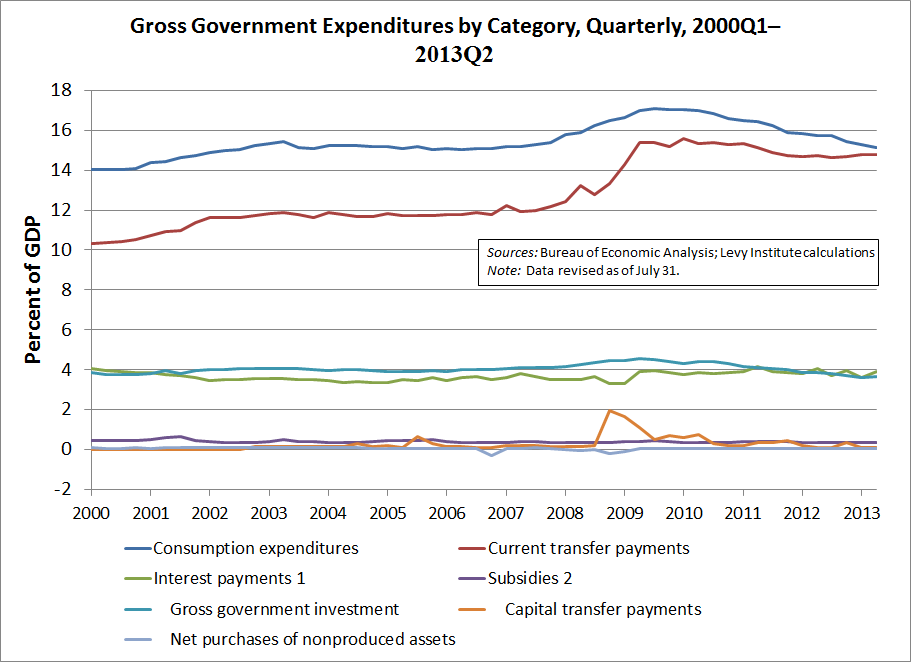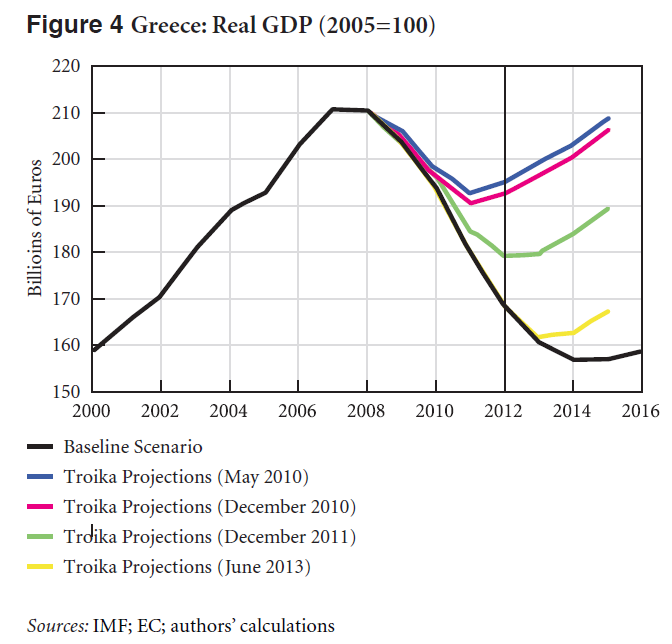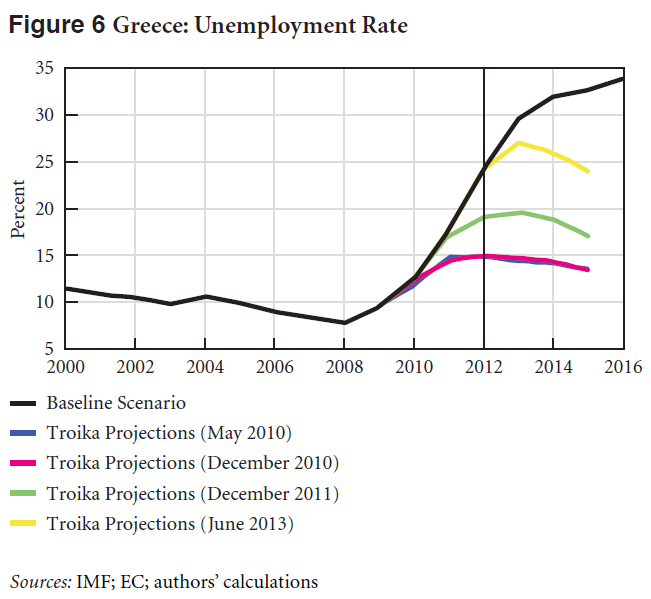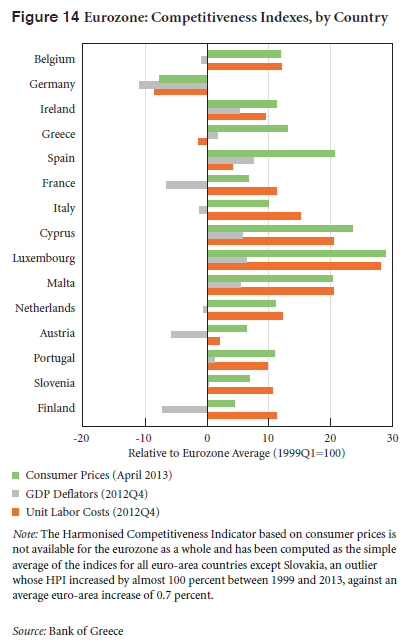Modern Money Network
The Modern Money Network at Columbia University — heir to the “Modern Money and Public Purpose” seminar series — is starting up in September, with a pair of events that might be interesting to some of our readers:
1. Money as a Hierarchical System
Date: Thursday, September 12th, 6.15pm
Location: Room 104, Jerome Greene Hall, Columbia Law School
Moderator: Raúl Carrillo, J.D. Candidate (’15), Columbia Law School
Speaker 1: Christine Desan, Leo Gottlieb Professor of Law, Harvard Law School
Speaker 2: L. Randall Wray, Professor of Economics, University of Missouri-Kansas City
Speaker 3: Katharina Pistor, Michael I. Sovern Professor of Law, Columbia Law School & Director, Center on Global Legal Transformation
Speaker 4: Perry Mehrling, Professor of Economics, Barnard College & Director of Education Programs, Institute for New Economic Thinking
2. Central Banking in Theory and Practice
Date: Monday, September 23th, 6.15pm
Location: Room 103, Jerome Greene Hall, Columbia Law School
Moderator: Richard Clarida, C. Lowell Harriss Professor of Economics and International Affairs, Columbia University
Speaker 1: Lord Adair Turner, Senior Fellow, Institute for New Economic Thinking and former Director, U.K. Financial Services Authority
Speaker 2: James K. Galbraith, Lloyd M. Bentsen Jr. Chair in Government/Business Relations and Professor of Government, University of Texas at Austin
Speaker 3: Matias Vernengo, Associate Professor, Bucknell University & Senior Research Manager, Central Bank of Argentina
Livestreaming of these events will be hosted at the MMN website (seminar 1; seminar 2) — the site also links to background reading for each seminar.







 ShareThis
ShareThis